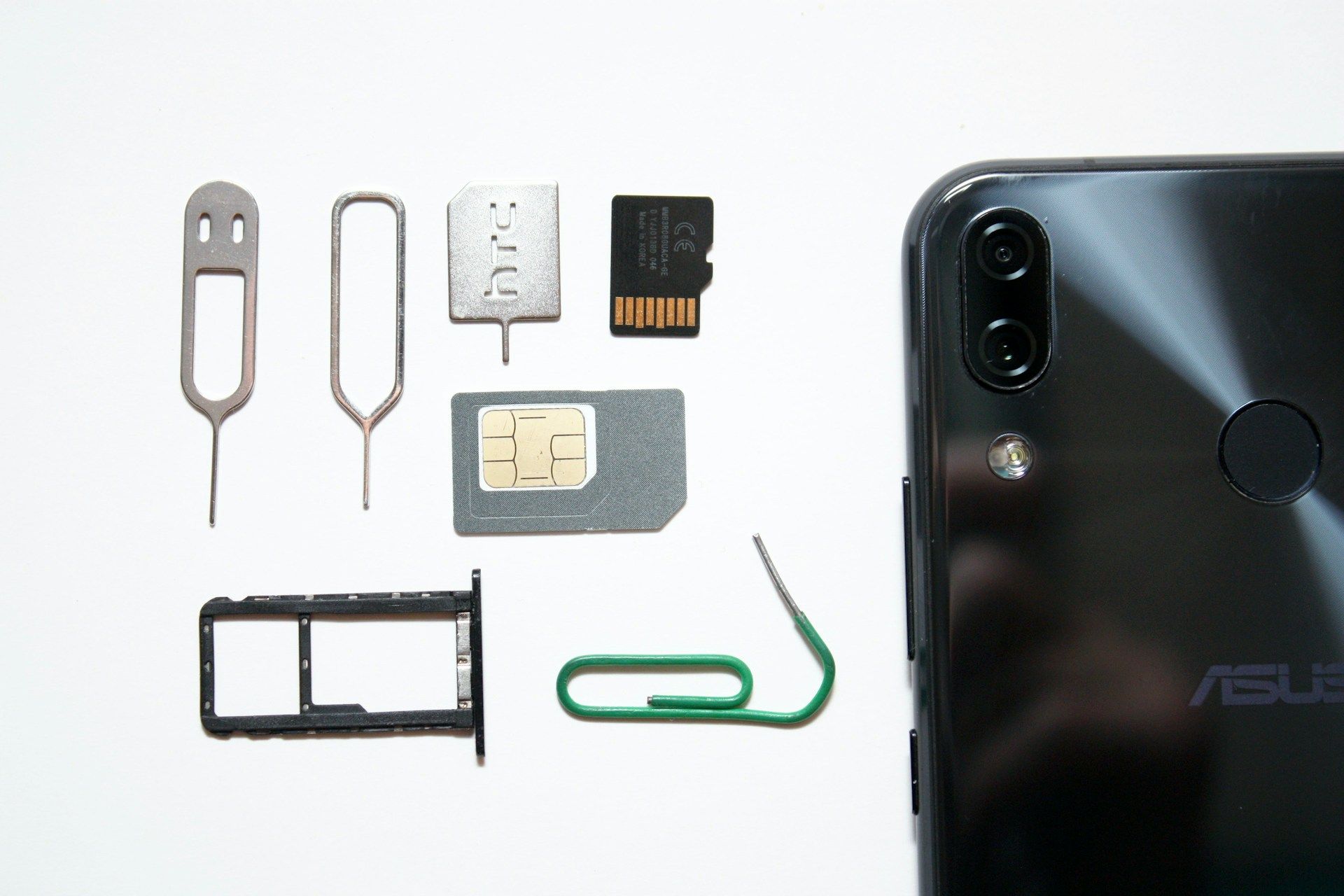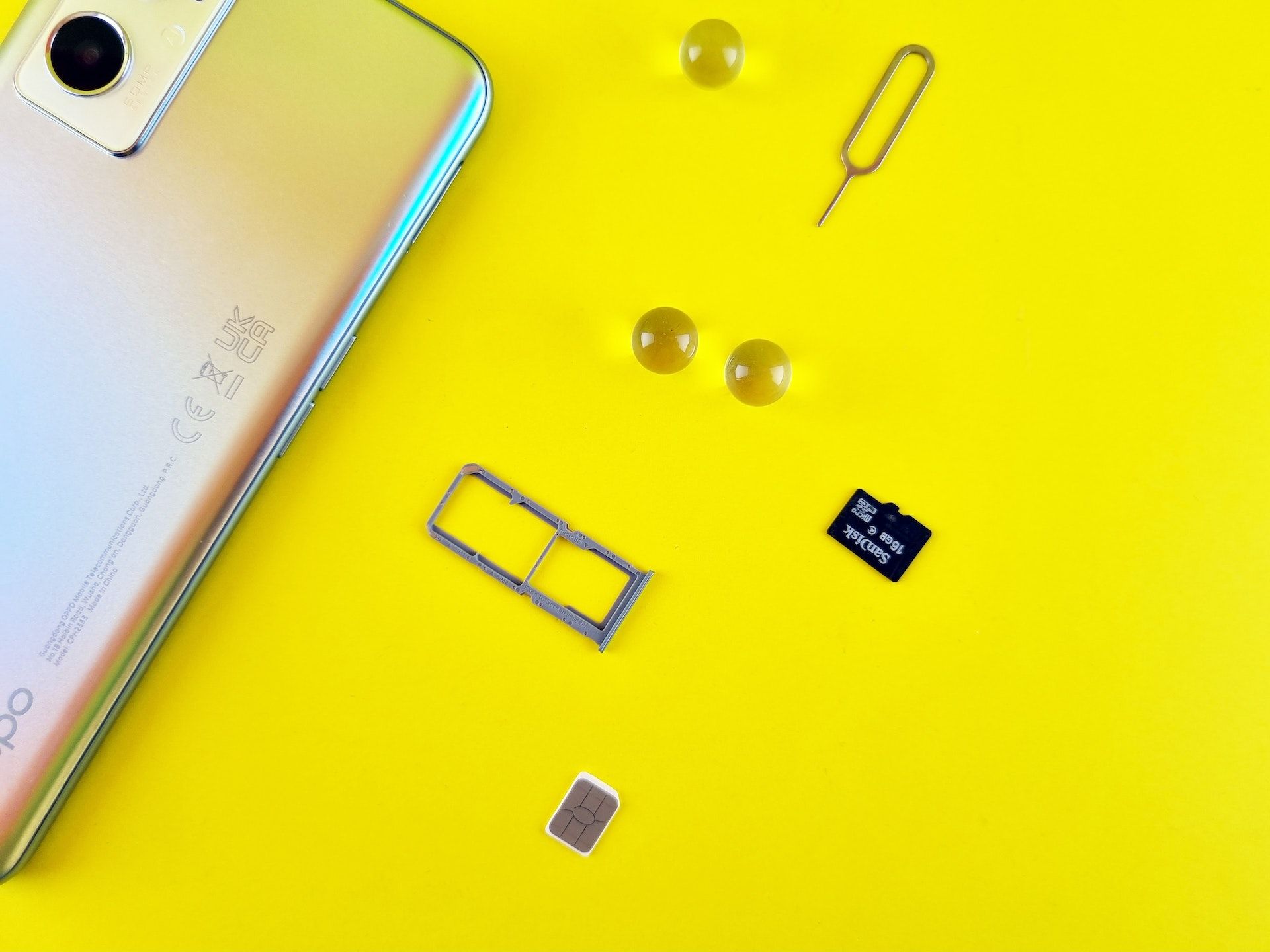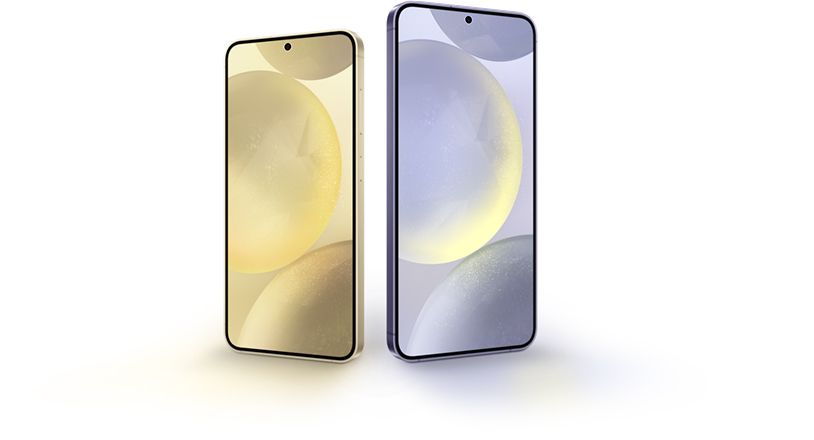How Many eSIMs Can iPhone 12, 13, 14 & Android Phones Have?
It varies depending on the device manufacturer and model
Summary

You can store many eSIM profiles on a smartphone, but typically only one eSIM is active at a time. Newer models, like the iPhone 13, Samsung Galaxy S24 and later, support dual active eSIMs, allowing you to make and receive calls from two different numbers. The number of active and stored eSIM profiles usually varies by device.
The flexibility and convenience of eSIM technology have led to a surge in its adoption, but a common question remains: how many eSIMs can you have on a single phone?
The answer isn't always straightforward, as it varies depending on the device manufacturer and model. This section will explore the capabilities of various smartphones, including the iPhone 12, 13, 14 and various Android models such as Samsung and Google Pixel, shedding light on the number of eSIM profiles they can accommodate and how this impacts user experience.
Here’s a summary of the phones on our list and their dual eSIM capabilities.
How Many eSIMs Can Different Phones Have?
Newer iPhone models up to the iPhone 16 Series
How many eSIM profiles you can have on iPhone 13, 14, iPhone SE (3rd generation), iPhone 15 and the newest iPhone 16 series often depends on the actual phone. These iPhone models in particular offer dual eSIM support, allowing users to have two active eSIM profiles concurrently.
This feature provides enhanced flexibility, particularly for those who require both personal and professional phone numbers or who frequently travel internationally. Users can store multiple eSIM profiles on their device and easily switch between them, making it ideal for managing various connectivity needs.
Older iPhone models
iPhone 11, iPhone 12, iPhone SE (2020)
These iPhone models can store up to five eSIM profiles, offering users the ability to manage multiple numbers or data plans. While only one eSIM can be active at a time, users can easily switch between stored profiles. This feature is beneficial for those who frequently travel or need to alternate between different mobile services.
iPhone XS, XR, XS Max
These iPhones can hold a significant number of eSIM profiles though only one can be used at any moment. This allows for extensive flexibility in managing different mobile numbers, with easy switching between them.
Samsung Galaxy S24 up to the newest Samsung Galaxy S25 Series
Similar to newer iPhones, these Samsung models support two active eSIMs simultaneously. They also allow for numerous stored eSIM profiles, and can function with both a physical SIM and an eSIM concurrently, offering versatile dual SIM capabilities.
Older Samsung models like the S23 and previous models allow for multiple eSIM profiles but do not allow for dual eSIM support.
Samsung Galaxy A Series
While eSIM-enabled, these Samsung phones generally operate with only one active eSIM, despite accommodating multiple stored profiles. Models like the A53 and A52 offer both physical and eSIM slots, but don't support dual eSIM functionality.
Google Pixel
Google Pixel 8 and later models enable two active eSIMs, enhancing global connectivity. Users can store up to 10 profiles, facilitating seamless transitions between various mobile services.
OnePlus & Motorola
Selected OnePlus and Motorola devices, like the OnePlus 9, 10 Pro, and Motorola Edge 30, include eSIM support. However, they typically allow only one active eSIM, while still storing multiple profiles for later use.

Active vs. Stored Profiles
When considering how many eSIMs you can have on one phone, it's important to distinguish between active and stored profiles. While the majority of devices typically support only a single active eSIM at any given time, newer models, such as models later than the iPhone 13 series and up to the latest iPhone 16 series, along with select Samsung devices, are beginning to offer dual active eSIM support. This allows users to have two separate phone numbers or data plans running simultaneously.
It’s worth noting that most modern smartphones continue to support dual SIM functionality, enabling users to utilise both a physical SIM card and an eSIM. This combination provides flexibility for managing personal and professional numbers or for using local SIM cards while traveling.
eSIM Switching
Switching between stored eSIM profiles is a straightforward process, though it's important to remember that only one profile can be actively connected to a network at any given time. Users can easily transition between these stored profiles by navigating to their device's settings and selecting the desired eSIM.
This functionality allows for quick changes between different phone numbers or data plans, catering to various needs such as travel or managing multiple lines.
Adding and Switching eSIM Profiles on iPhones
iPhones offer the ability to add and manage eSIM profiles directly through the cellular settings. Users can add an eSIM by scanning a QR code or inputting activation details provided by their carrier. Switching between stored eSIM profiles is done within the same cellular settings menu, allowing users to select the desired active line.
Here’s how you can set up an eSIM on an iPhone and manage their settings:
Adding an eSIM to your iPhone
- Obtain eSIM Information: Ensure you have the QR code or activation details.
- Open Cellular Settings: Navigate to the Settings app on your iPhone and tap Cellular or Mobile Data.
- Add eSIM: Select Add eSIM or Add Data Plan.
- If using a QR code, choose Use QR Code and scan the provided code.
- If using manual entry, select Enter Details Manually and input the carrier-provided information.
- Label your eSIM: After successful activation, you can label your eSIM (e.g., Work, Personal, Travel) for easy identification.
Switching between eSIM Profiles
- Access Cellular Settings: Go to Settings and tap Cellular or Mobile Data.
- Select Cellular Plans: Under Cellular Plans, you'll see a list of your eSIM profiles. Tap on the eSIM profile you wish to activate for calls, messages, and data.
- Data Usage Selection: To switch the cellular data usage, tap Cellular Data and select the desired eSIM.
Managing Cellular Plans
- Set Default Lines: In Settings > Cellular, you can specify default lines for voice calls, SMS messages, and data usage.
- Monitor Data Usage: To view data usage for each eSIM, scroll down within the Cellular settings.
- Set Preferences: You can set preferences for what line to use when calling people not in your contacts.
Using dual eSIMs on iPhones:
- iPhones that support dual eSIMs enable both eSIM profiles to be active concurrently.
- To use this functionality, ensure both eSIM profiles are added and activated within the iPhone's cellular settings. Once activated, the iPhone will maintain connections to both cellular plans.
- With both eSIMs active, you can receive calls and messages on both numbers at any time. When making outgoing calls or sending messages, you will be prompted to select which of the active eSIMs to use.
Managing eSIM Profiles on Android Devices
Android devices, including Google Pixel and Samsung Galaxy, allow users to store, manage, and switch between eSIM profiles with ease.
Switching eSIM profiles on Android
- Access Network Settings: Open the Settings app and go to Network & internet or a similar option.
- Select Mobile Network: Choose Mobile network or a related option.
- Manage eSIMs: Look for an eSIM or SIMs section.
- Select eSIM: Tap on the eSIM profile you wish to activate.
- Confirm Switch: Confirm the switch if prompted.
Tips for using eSIM profiles effectively
- Renaming Profiles: To better organise your eSIM profiles, rename them based on their purpose. This can be done within the eSIM management section of your network settings.
- Limiting Data Use: Most Android devices allow you to set data usage limits for each eSIM profile. This helps control costs, especially when using roaming data or specific plans.
Frequently Asked Questions About How Many eSIMs You Can Have
Can I use more than one eSIM on my phone?
Yes, most modern smartphones that support eSIM technology allow you to store multiple eSIM profiles. However, the number of stored profiles and the number of active profiles at any one time varies by device.
How many eSIMs can be active simultaneously?
The number of eSIMs that can be active simultaneously differs between devices. Newer models like the iPhone 13 and later, and some Samsung Galaxy models, support dual active eSIMs. Older models typically support only one active eSIM at a time.
How many eSIMs can the iPhone 14 have?
The iPhone 14 series supports dual active eSIMs, meaning you can have two eSIM profiles active simultaneously.
How many eSIMs can the iPhone 13 have?
The iPhone 13 series, like the iPhone 14, supports dual active eSIMs.
How many eSIMs can the iPhone 12 have?
The iPhone 12 can use eSIMs and store multiple eSIM profiles, but only one can be active at a time.
Can I use two eSIMs and no physical SIM?
Yes, certain modern smartphones that support dual eSIM functionality allow you to use two eSIM profiles simultaneously without needing a physical SIM card. Check your smartphone model for the details.
Is there a limit to how many eSIMs I can install?
Yes, there is a limit, but it varies by device. Many eSIM-compatible phones can store multiple eSIM profiles, but the exact number differs. Check your device's specifications for the precise limit.
Do I need to delete one eSIM to add another?
You don't always need to delete an existing eSIM profile to add a new one. Most devices allow you to store multiple profiles and switch between them. However, if you reach the device's storage limit for eSIM profiles, you will need to delete one to add a new one.
How many eSIMs can I use while travelling?
You can store and switch between multiple eSIM profiles while travelling, allowing you to use different local carriers as needed. However, the number of eSIMs that can be actively used at the same time is limited by your device's capabilities.



